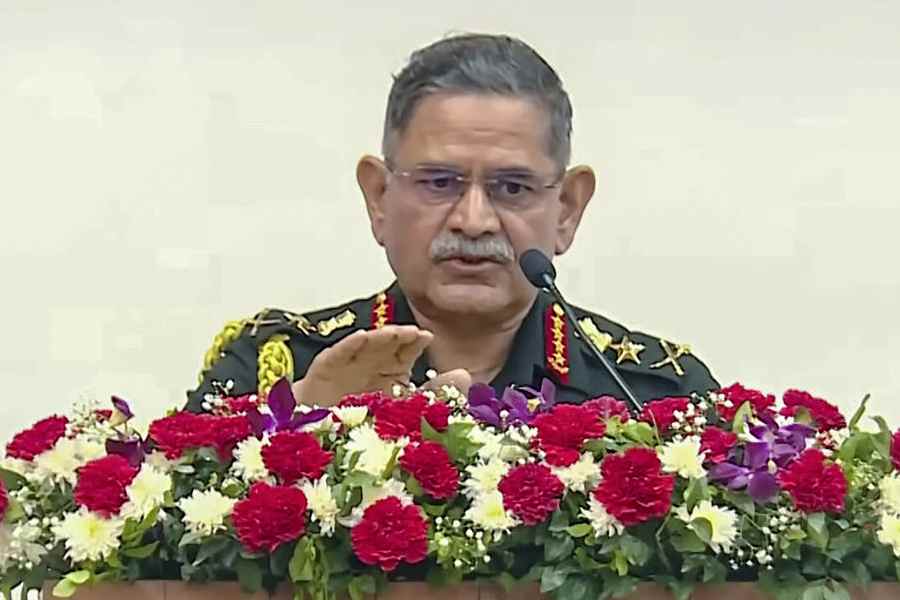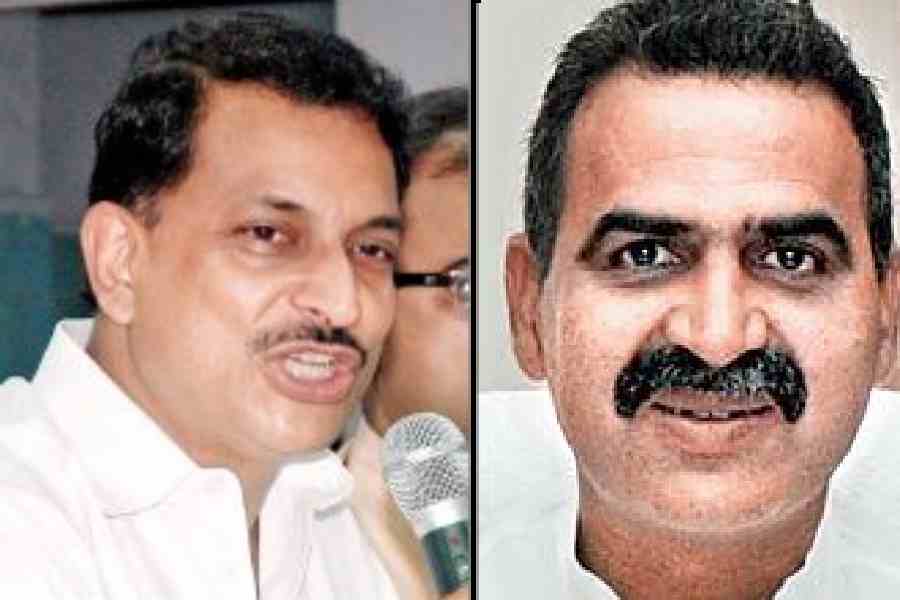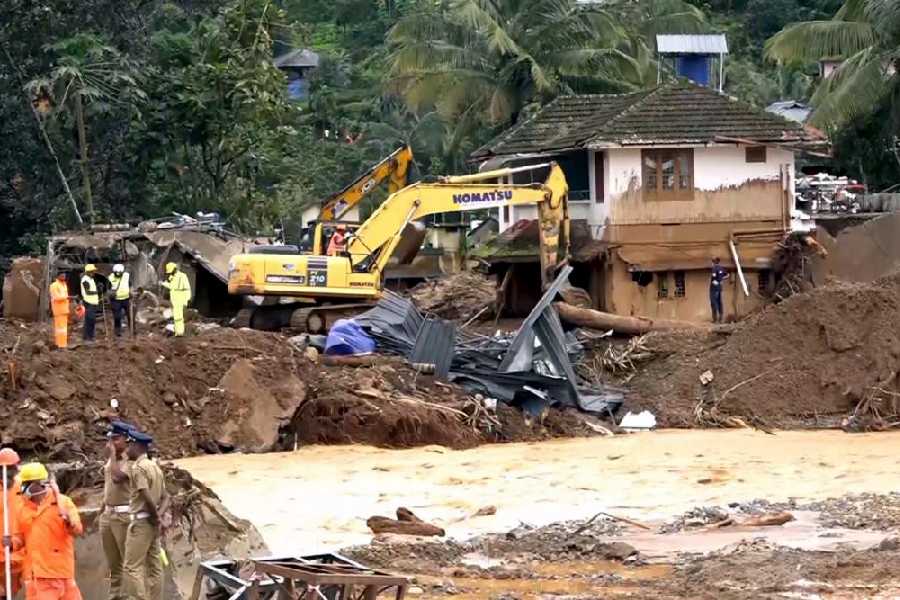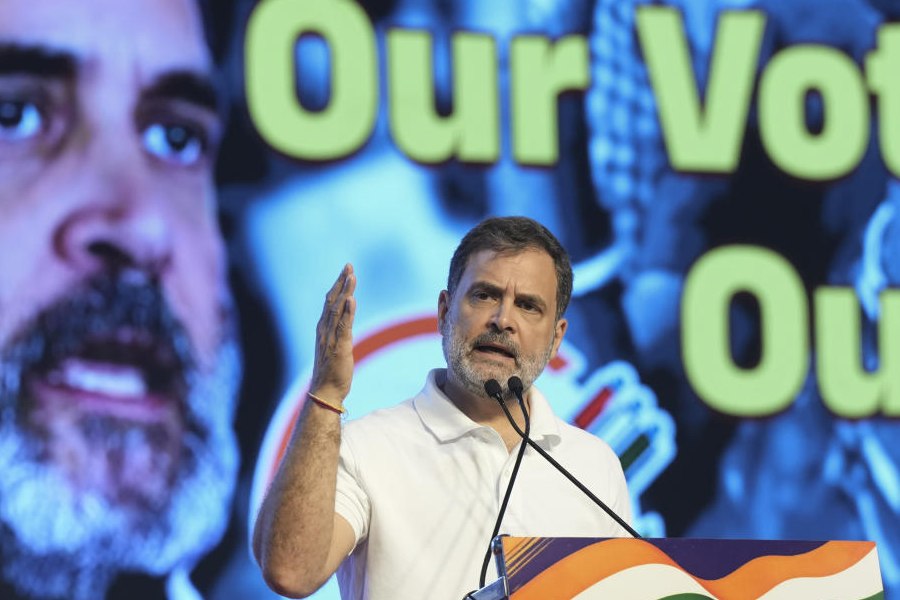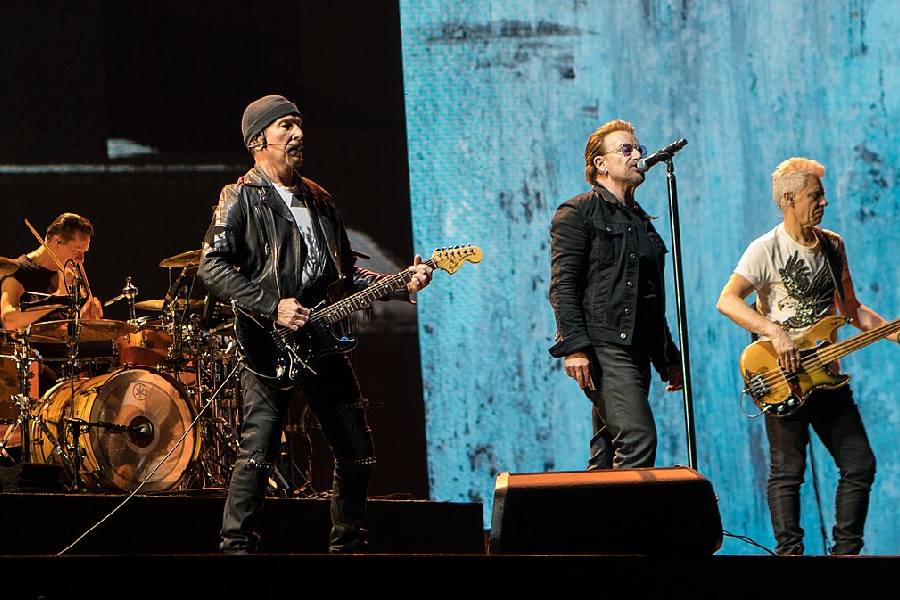Last Saturday?s celebration of 35 years of statehood for Nagaland was a powerful reminder of how the market economy dissolves ancient antagonisms and shapes new life forms that yet project the essence of the old. The lavish spread of food and drink and, even more, the spectacular sartorial fashions that were on parade spoke of the distance that Nagas have travelled from their protected past.
A.Z. Phizo ? who fought so bitterly against incorporation into India ? would have relished the irony of S.C. Jamir, the chief minister whom B.K. Nehru, Nagaland?s former governor, denounced as the chief ?overground supporter of the underground?, presiding over the festival. He might even have seen it, and in the new Naga efflorescence, a realization of the core of the dream that drove him to politics, battle and exile.
That fulfilment is not immediately obvious. London?s Naga Vigil, a network of volunteers dedicated to promoting the Naga cause, might murmur ?Bantustan?, symbol of ethnic subjugation and fraudulent freedom. Followers of Verrier Elwin?s philosophy of cultural purity would have seen the sound, lights and billows of artificial smoke at the Hotel Hindustan International as a betrayal of the tribal heritage. The girls? provocatively brief cholis and slit and mini skirts, and the bare torsos of male models might have outraged sangh parivar nationalists. A smart young President?s Cadet in Kohima draped a shawl over his natty suit more than 30 years ago to keep ethnicity alive. Now a Naga civil servant says that, thanks to CNN, Star and other channels, Nagaland is ?only six months behind Paris?. It has skipped India (read the plains, always more dreary than the hills) to reach out to the world.
Many Naga villagers would be bewildered by it all, finding the thutse and mapok yi (rice beer and wine) an insipid substitute for their own foaming zu, replenished after every sip, and the exotic dishes tasteless after the boiled pork that is their staple fare. Akum Imlong was a sophisticated young minister in Kohima with a Western wife whose father complained that the end of kata-kati (headhunting, the Nagamese term with its Bengali root indicating that the tribes never were as insulated as the Federal regime claimed) had emasculated Naga men. These are the hazards of change whose direction no one can plan or predict. Development, that dread word of our times, takes a toll of innocence everywhere. But Rousseau?s noble savage languishes most when caged like protected species in a zoo.
When environmentalists at the Rio de Janeiro conference attacked Malaysian plans to build a huge dam in Sabah, Mahathir Mohamad retorted furiously that he would not preserve his tribal population half-naked in the trees in the interests of cultural purity so that Western visitors could come and gape at them. American Indians now run casinos on their reservations, reminding me of a Navajo settlement in Arizona where I was warned not to touch anything lest it be sacred. A terracotta plate caught my eye and I asked if I could pick it up. ?You can buy it,? said the Navajo girl, which I did.
With blue-eyed blondes claiming Hawaiian ancestry, the tourist village near Honolulu is forced to pass off burly Tongans as Hawaiian dancers. Does any real life Greek ever sport the skirt and tasselled cap that pictures used to show as the national costume? Bavarians laugh that you can always tell the American tourist by his lederhosen and alpine hat.
?The old order changeth, yielding place to new,/ And God fulfils Himself in many ways...? It is stridently visible in India because there is so much to change and the time span is so short. Receiving a Bhutiya-Lepcha delegation in Delhi, a Congress politician remarked that he had never seen such a sophisticated bunch of tribals. That is because the stereotype is set in unthinking minds: indigenes must yell and chant, and be scantily clad.
Thus, the administration of what is now Arunachal Pradesh encouraged the worship of Doni Polo (sun and moon), hoping thereby to exclude unwelcome foreign influences. Dayang Ering, a nominated member of the Lok Sabha, recommended that school instruction should be in Hindi and English at the expense of Arunachal?s own languages, while Bokun Ete, another ultra loyal tribal, interrupted Sarvepalli Radhakrishnan?s presidential welcome in English and ordered him to speak in Hindi. Little wonder that Arunachal legalized bigotry by forbidding conversion to Christianity and then called the measure Freedom of Religious Act in a manifestation of Orwellian Newspeak.
Nagaland?s demand for sovereignty cloaked more profound concerns. Lord Mountbatten wrote that the real needs were to protect Nagas from exploitation ?and the preservation of their way of living?. B.K. Nehru concluded after his gubernatorial stint that the problem was not constitutional but ?the shock inflicted on the Naga social system by the sudden removal of its protected isolation from the modern world which its status as an excluded area had provided?.
While British officials were authoritarian but paternalistic, which a tribal people understood, the Assam government was impersonal and unsympathetic: making Assamese the official language alienated all the fringe races.
Ironically, the Ahoms themselves are a prime example of deculturization, being Lao migrants who succumbed to the lifestyle of the people they conquered. The military atrocities that were convincingly documented in the Minority Rights Group report might also explain why Nehru says, citing S.C. Dev (?one of the finest and completely fearless officers of the Nagaland government?) that not more than 10 per cent of Nagas support integration with India.
The fact that 99 per cent have become Christian acknowledges not missionary subversion (no foreigners have been allowed there for decades) but the determination to carve out a distinctive identity. Manipur?s Meteis repudiated their Hindu names and religion for the same reason, Jaintias being the only northeastern tribals among whom Hinduism has taken root. Even the colonial administration tried to keep out the missionaries because the education and health care they provided awakened social consciousness and inconvenient awareness of fundamental rights.
The past for which T. Muivah and others might hanker hardly complimented Naga nationhood. Christopher Grimson, political agent in Manipur, praised heroic Nagas who signalled the Royal Air Force to bomb their own village to exterminate Japanese soldiers who camped there during World War II. But Philip Mason saw beyond the tribute. ?The men sent from Britain to rule India had often been brilliantly successful with such people as the Hos, the Nagas and the Lushais. They had liked simple people; they had done well with peasants, soldiers and servants.?
At last, the Nagas have seized the opportunity to be more than loyal menials. They have resisted the economic and demographic pressures to which Bhutiya-Lepchas and the adivasis are succumbing, and they have reduced India?s party affiliations to labels of convenience. Nehru wondered why Jamir was allowed to retain power. It is because Nagas respond to their own dynamics, which New Delhi must respect. Rebel factions are part of community politics rather than a challenge to the Indian republic. The ceasefire is a matter of bargaining, reinforced by the gun as in Northern Ireland.
True, political independence has eluded them. True, too, political loyalty might be as finely drawn as in Sikkim or Arunachal where the members of legislative assemblies have to be appeased with contracts when portfolios run out. But what with Central subventions and official and unofficial taxes, the state is awash with money, recalling a young brave in dashing green plume and ivory amulet quoting Phizo to tell me that funds would not be a problem since the people?s will could turn anything, even a stone, and he picked one up, into money. Nagaland ? even the name was chosen in the teeth of Jawaharlal Nehru?s disapproval because it sounded unIndian and suspiciously like a sovereign state ? has arrived.
 Monday, 11 August 2025
Monday, 11 August 2025

